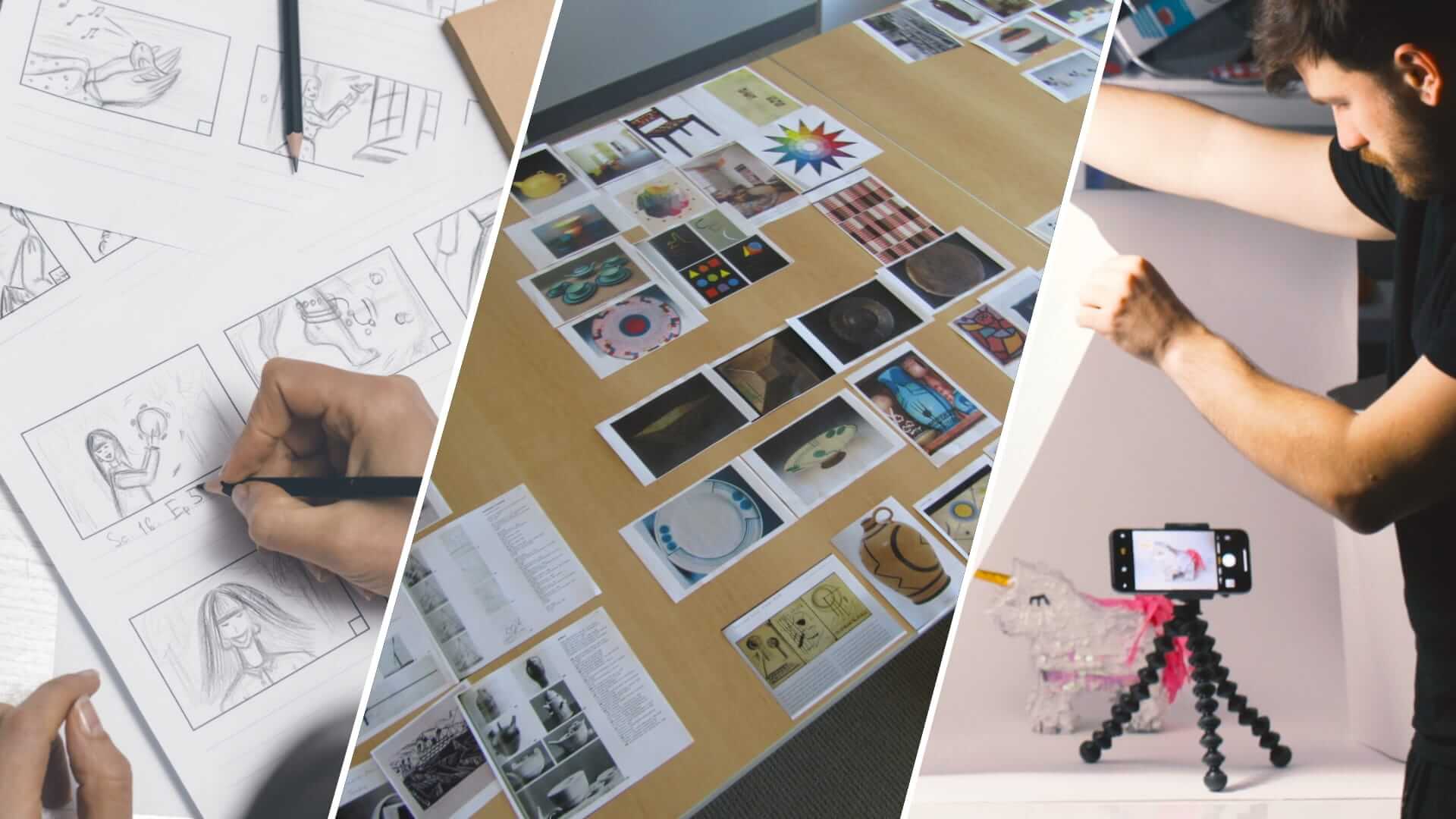Creating a Storyboard for Your Event Photography
Event photography goes beyond capturing moments; it tells a story. Crafting a storyboard for your event photography is a strategic approach to ensure you capture the narrative arc, emotions, and key moments that define the occasion. In this guide, we explore how to use storytelling techniques to enhance your event photography and create compelling visual narratives.

1. Understand the Event Narrative
Every event has a unique narrative—whether it’s a wedding unfolding in stages, a corporate conference with key milestones, or a music festival with diverse experiences. Begin by understanding the overarching story of the event. Consider the timeline, main activities, and emotional highlights that you want to convey through your photographs.
2. Identify Key Moments and Highlights
Once you grasp the event’s narrative, identify key moments and highlights that are integral to the story. These could include arrival scenes, ceremonies, speeches, performances, interactions, and emotional reactions. A detailed shot list helps ensure you capture each crucial moment, allowing you to weave together a comprehensive visual narrative.
3. Plan Sequential Shots
Sequencing shots is essential for creating a storyboard. Think of your photographs as individual frames in a larger narrative. Capture establishing shots to set the scene, close-ups to highlight emotions, and action shots to convey movement and energy. Sequential shots provide viewers with a sense of progression and immersion in the event’s unfolding story.
4. Consider Perspectives and Angles
Varying perspectives and angles add depth and visual interest to your storyboard. Experiment with different vantage points—from bird’s-eye views to ground-level perspectives—to capture unique compositions. Wide-angle shots can establish context, while close-ups reveal intimate details and emotions. Mixing perspectives enriches your storytelling and engages viewers.
5. Include Contextual Details
Contextual details enrich the storytelling experience by providing viewers with insights into the event’s atmosphere, surroundings, and participants. Capture décor elements, venue architecture, signage, and thematic details that contribute to the event’s ambiance and theme. These details contextualize your photographs and enhance the overall narrative.
6. Capture Candid Moments
Candid moments are spontaneous and authentic, capturing genuine emotions and interactions. Incorporate candid shots throughout your storyboard to convey the natural flow of the event and the personalities of attendees. Candid photography adds a layer of authenticity to your narrative, fostering emotional connections with viewers.
7. Focus on Emotions and Reactions
Emotions are central to storytelling. Pay close attention to facial expressions, gestures, and reactions of participants. Whether it’s joy, surprise, anticipation, or solemnity, emotions convey the essence of the event’s experience. Emphasize emotional moments in your storyboard to evoke empathy and resonate with viewers on a deeper level.
8. Use Light to Enhance Mood
Lighting plays a crucial role in storytelling through photography. Utilize natural light, ambient lighting, or artificial light creatively to enhance mood and atmosphere in your photographs. Soft light can evoke intimacy and warmth, while dramatic lighting adds intensity and intrigue. Adjust your exposure settings to capture light nuances that support your narrative.
9. Create a Visual Flow
Arrange your photographs in a sequence that creates a visual flow and maintains viewer engagement. Consider how each image transitions to the next, guiding viewers through the event’s journey. Pay attention to composition, color palette, and pacing to ensure coherence and fluidity in your storyboard.
10. Review and Edit Thoughtfully
After capturing your photographs, review and edit them thoughtfully to refine your storyboard. Select images that best encapsulate the event’s narrative and evoke desired emotions. Consider sequencing, image quality, and consistency in storytelling. Editing enhances your storyboard’s impact, ensuring it effectively communicates the event’s essence.
Crafting a storyboard for event photography involves strategic planning, creative vision, and storytelling prowess. By understanding the event’s narrative, identifying key moments, and using photography techniques to convey emotions and context, you can create a compelling visual narrative that resonates with viewers. Let your storyboard unfold organically, capturing the essence of each event through memorable photographs.